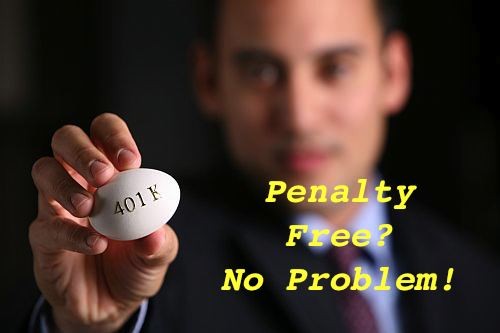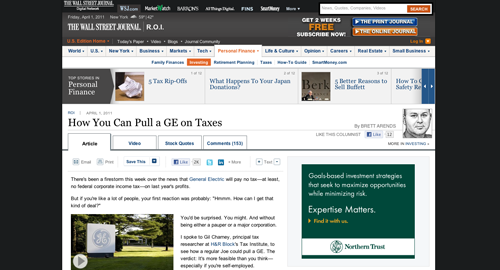401K Guide Money Essentials Lesson 23
Post on: 31 Май, 2015 No Comment

A quick guide on how to invest in a 401(k), early withdrawals and 401(k) loans.
1. A 401(k) offers three compelling benefits.
A 401(k) represents a way to reduce your taxable income since contributions come out of your pay before taxes are withheld; many plans include a matching contribution from your employer; and the money you save benefits from tax-deferred growth, which lets your money compound more quickly than it would if it were taxed yearly.
2. The federal limit on annual pre-tax 401(k) contributions is on the rise.
In 2013, the maximum contribution is $17,500, or $23,000 if you’re 50 or older.
3. Matching contributions are free money.
If you can’t afford to max out your 401(k), contribute at least enough to get the matching contribution, a.k.a. free money. The typical match is 50 cents on the dollar up to 6% of your salary.
4. Taking money out of a 401(k) before retirement is expensive.
Loans must be repaid with after-tax money plus interest. And, with few exceptions, if you withdraw money before age 59-1/2 you must pay income taxes plus a 10% penalty. What’s more, lost time for compounding will substantially shrink your nest egg.
5. When setting up your 401(k) investments, figure out what your mix of stocks and bonds should be.
Two factors influence this decision: your time horizon until retirement and your risk tolerance.
6. You’re limited to the investments your employer chooses for your 401(k) plan.
If you don’t like many of the selections, keep your choices simple by investing, for example, in a broad-based index fund. Don’t boycott the plan altogether. If you do, you lose out on tax-advantaged compounding and a matching contribution.
7. When you change jobs, you’ll often have three choices: leave your 401(k) money where it is, roll it into an IRA or another 401(k), or cash out.

If your account balance is less than $5,000, your employer may insist you take it out of the plan, but cashing out is like shooting yourself in the foot financially. Even small amounts can grow large with time and tax-deferred compounding. You’d be better off rolling the money into another retirement account.
8. When you do roll money into an IRA or 401(k), make it a trustee-to-trustee transfer.
That is, have the check made out to the custodian of your new account, not you. Otherwise, you risk possible penalties if you fail to execute the rollover properly.
9. IRS rule 72(t) provides one way to take early 401(k) withdrawals without penalty.
You must take a fixed amount of money out for five years or until you reach 59-1/2, whichever is longer. The annual withdrawal amount is based on your life expectancy.
10. Some employers let you leave money in your 401(k) account when you retire.
Find out what rules, if any, the employer imposes on when and how you must start taking distributions. If there are none, you may leave the money untouched until you’re 70-1/2. That’s the age when Uncle Sam insists all retirees begin withdrawing money from traditional IRAs and 401(k)s.














